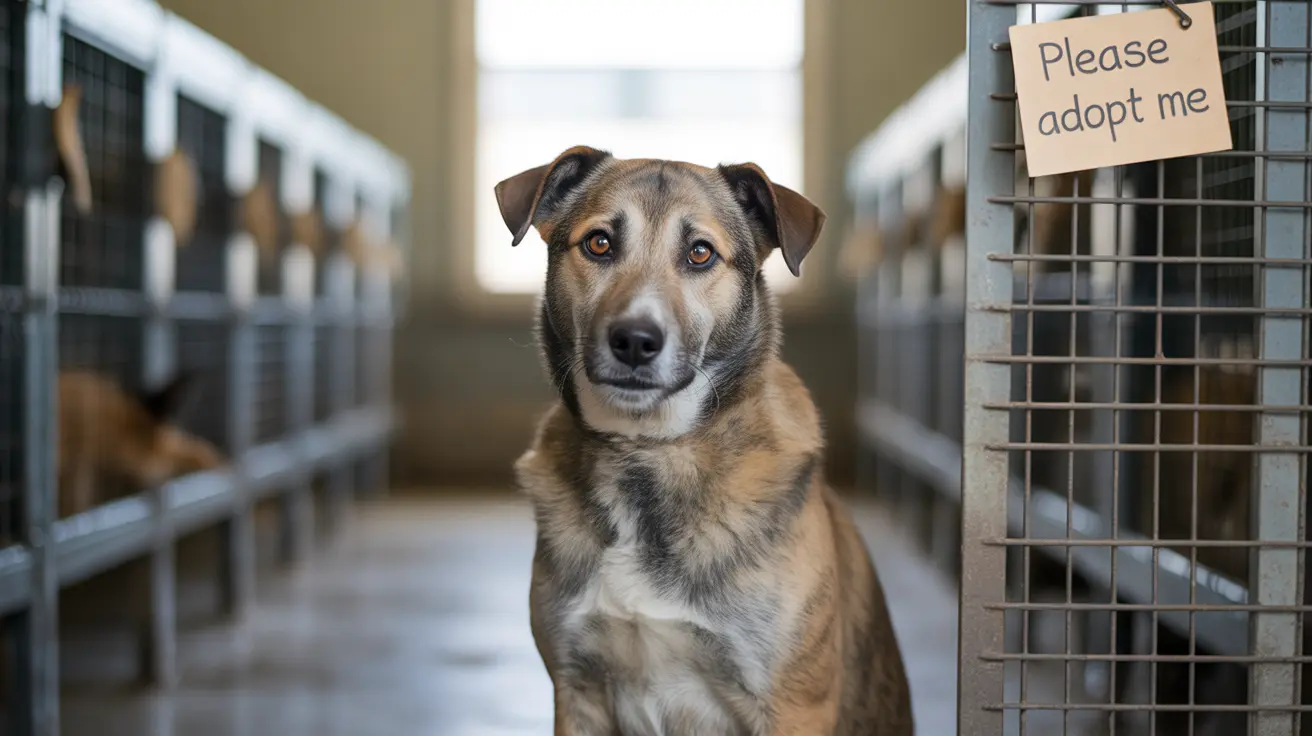A recent interim study on Oklahoma's pet overpopulation crisis has been initiated, sparked by an unlikely source - a stray Chihuahua known for ankle-biting incidents. The September 11 study aims to address the growing concerns about stray cats and dogs throughout the state, marking a significant step toward tackling this pressing animal welfare issue.
The rising numbers of homeless pets in Oklahoma have overwhelmed local shelters and communities, prompting lawmakers to examine effective solutions. This comprehensive review comes at a crucial time when many municipal facilities are struggling to manage the increasing intake of stray and abandoned animals.
Current Challenges in Animal Shelter Management
Oklahoma Animal Shelter Overcrowding
Municipal shelters across Oklahoma face unprecedented challenges with capacity limitations and resource constraints. The situation has led to the implementation of new strategies, including managed intake policies, to ensure better care for the animals while maintaining sustainable operations.
Managed Intake Animal Shelters
Progressive facilities like the Tulsa SPCA have adopted managed intake policies, scheduling animal admissions based on available space and resources. This approach helps prevent overcrowding while ensuring each animal receives proper care and attention during their shelter stay.
Solutions and Community Initiatives
Low-Cost Spay/Neuter Programs
One of the most effective ways to address pet overpopulation in Oklahoma is through accessible sterilization services. Many communities have established affordable spay and neuter programs, targeting areas where pet owners might face financial barriers to these essential services.
Responsible Pet Ownership Oklahoma
Education plays a crucial role in preventing pet overpopulation. Community organizations work to inform residents about:
- Proper pet containment
- The importance of sterilization
- Regular veterinary care
- Pet identification methods
Pet Microchipping Oklahoma
Microchipping has emerged as a vital tool in reuniting lost pets with their owners, helping reduce the number of strays in shelters. Many facilities now offer this service at reduced costs to encourage wider adoption of this important identification method.
Community Pet Care Education
Local animal welfare organizations have developed comprehensive educational programs focusing on:
- Basic pet care requirements
- Financial planning for pet ownership
- Understanding animal behavior
- Emergency preparedness for pet owners
Frequently Asked Questions
What are the main causes of cat and dog overpopulation in Oklahoma?
Overpopulation is mainly due to unspayed and unneutered pets, strays, and inadequate community resources, overwhelming municipal shelters and increasing stray animal numbers.
How does Oklahoma address the stray animal overpopulation crisis?
The state employs strategies like low-cost spay and neuter programs, managed shelter intake policies, educating pet owners on responsible care, and promoting microchipping to reduce strays and shelter crowding.
What can pet owners do to help reduce the overpopulation problem in their community?
Owners should spay/neuter their pets, microchip and properly confine them, avoid abandoning animals, and participate in community education and volunteer programs supporting shelters.
Moving Forward
The legislative study represents a significant step toward addressing Oklahoma's pet overpopulation challenges. By combining managed intake policies, accessible sterilization services, and community education, the state is working toward creating sustainable solutions for its animal welfare concerns.
Pet owners and community members are encouraged to participate in local initiatives and support their neighborhood shelters through volunteering, adoption, or spreading awareness about responsible pet ownership. Together, these efforts can help create a more manageable and humane environment for Oklahoma's companion animals.






